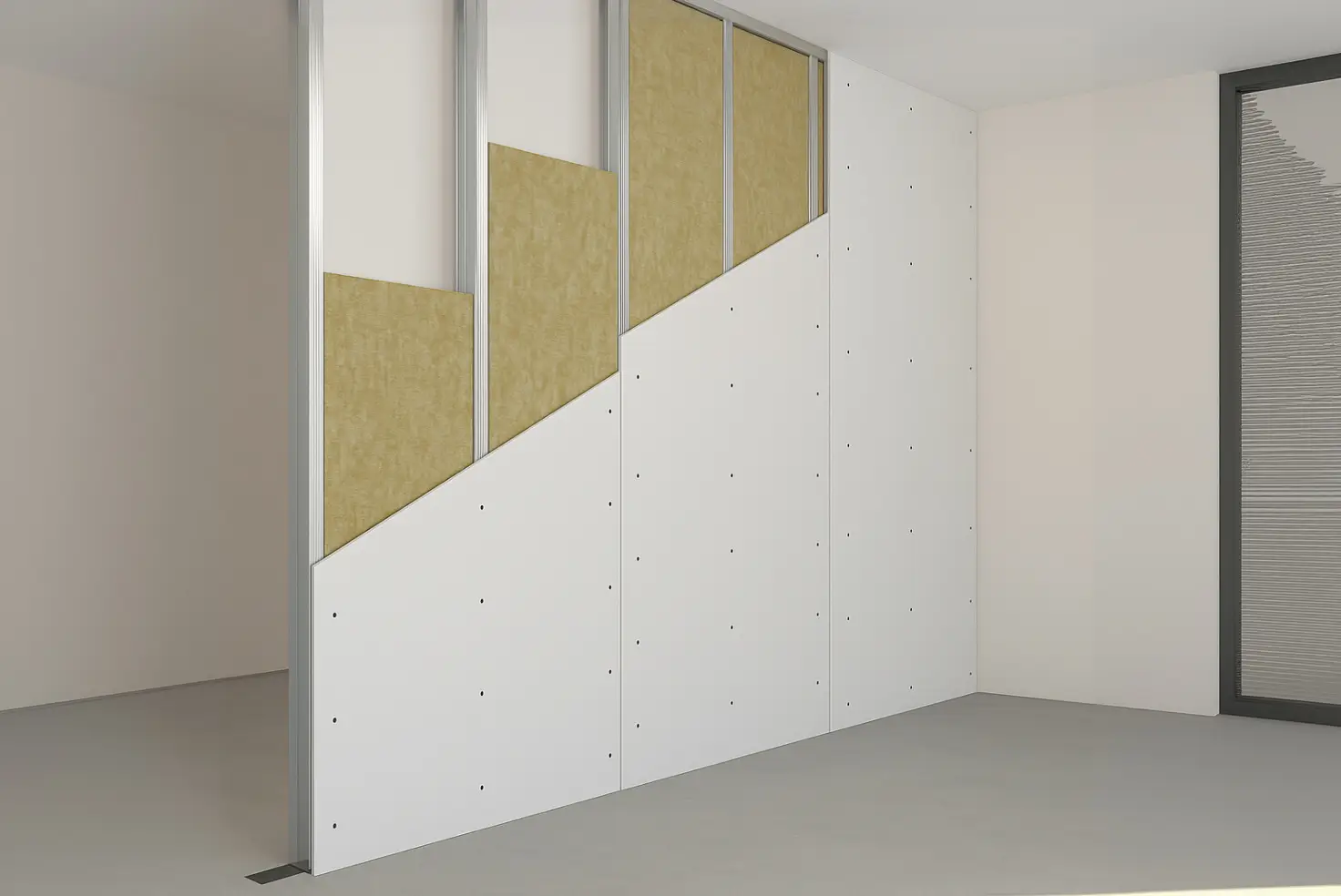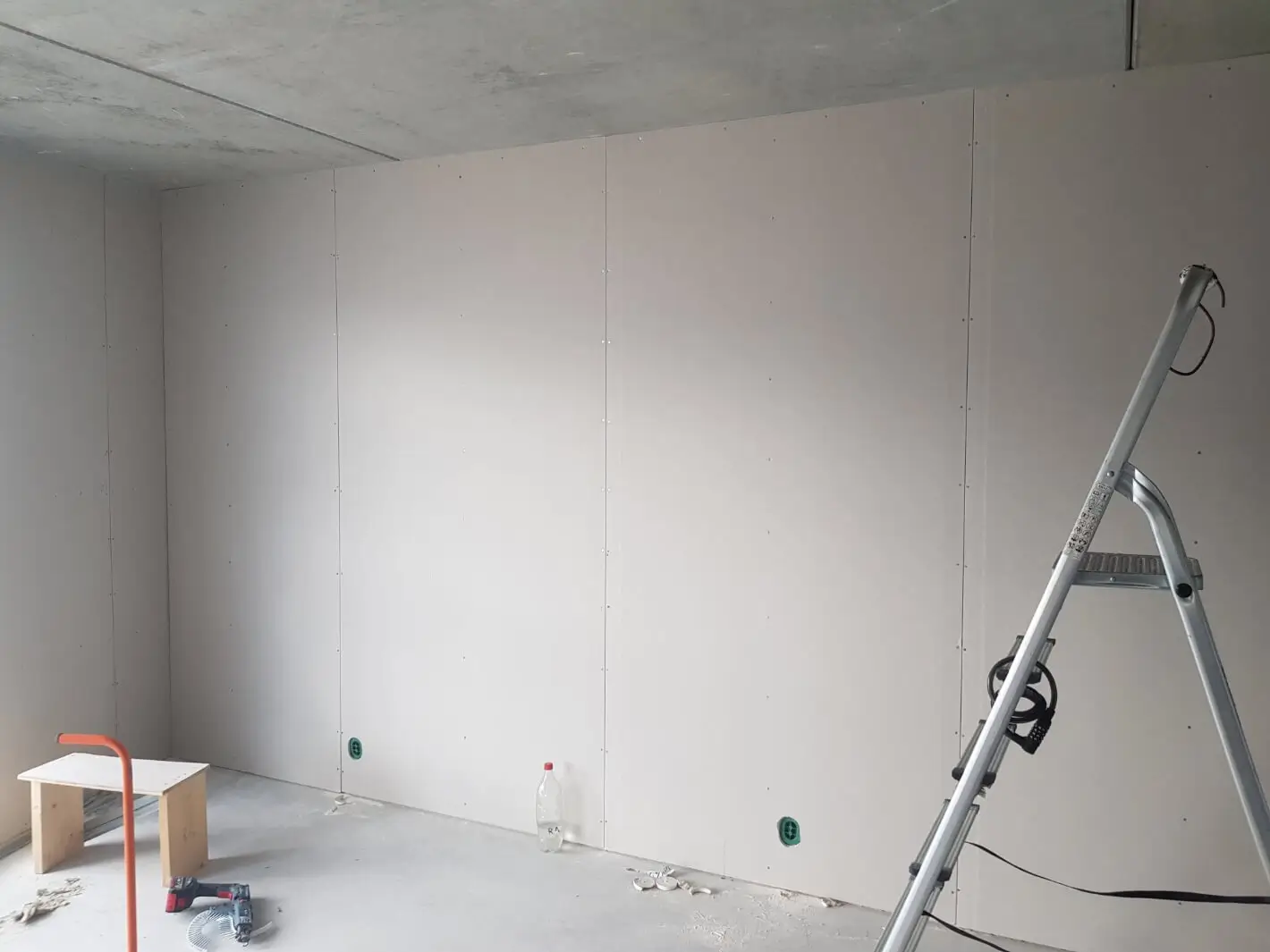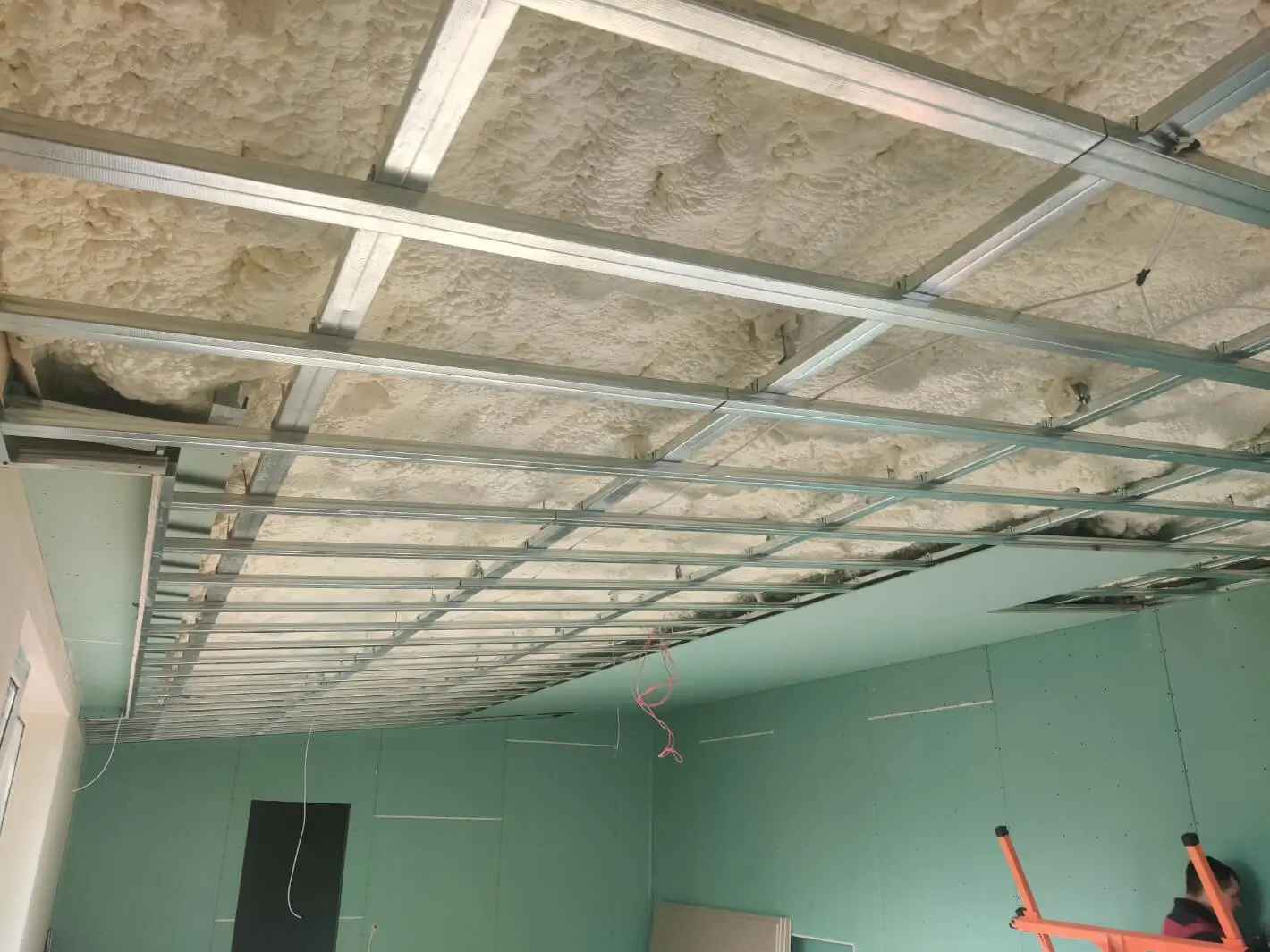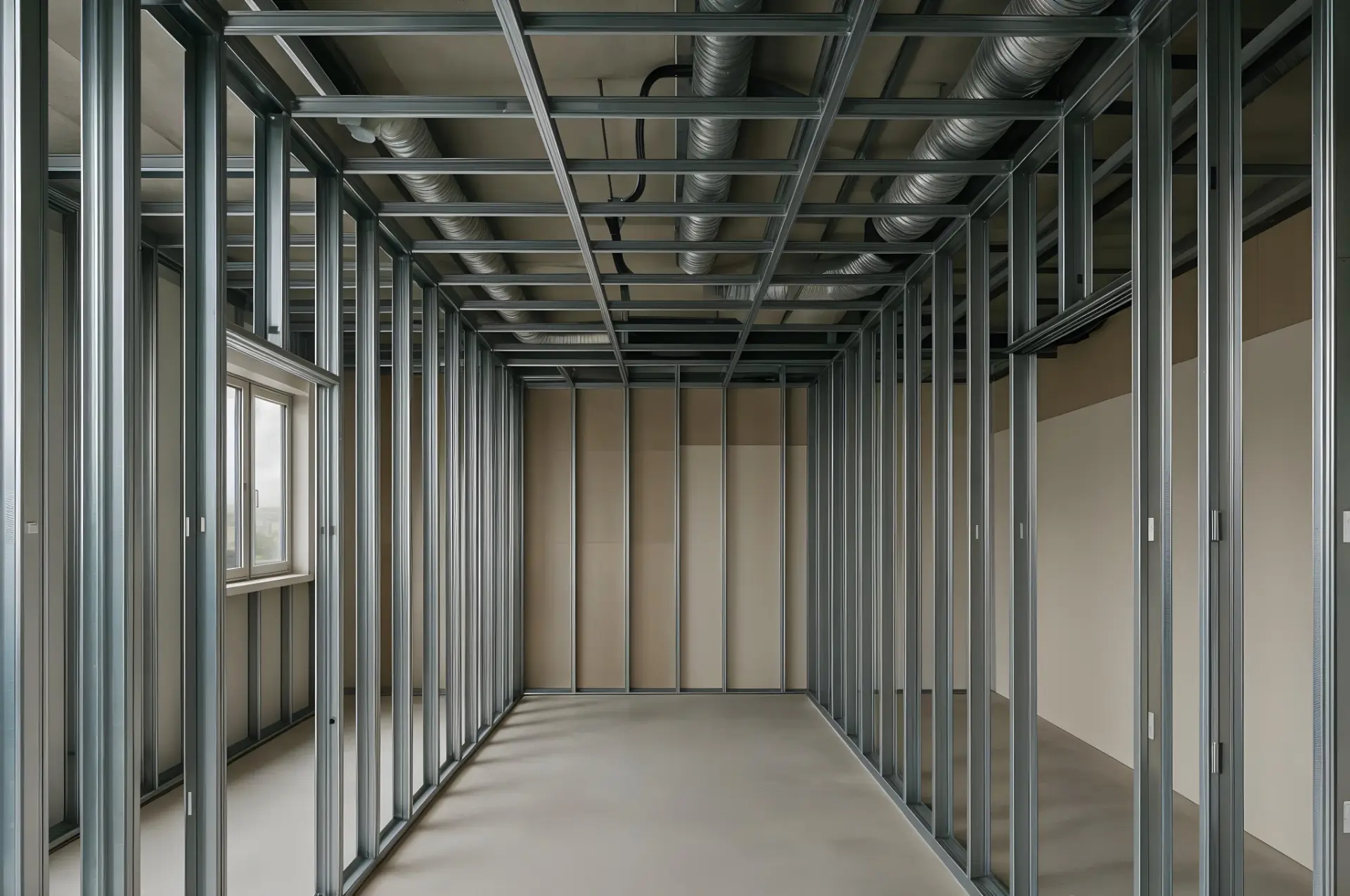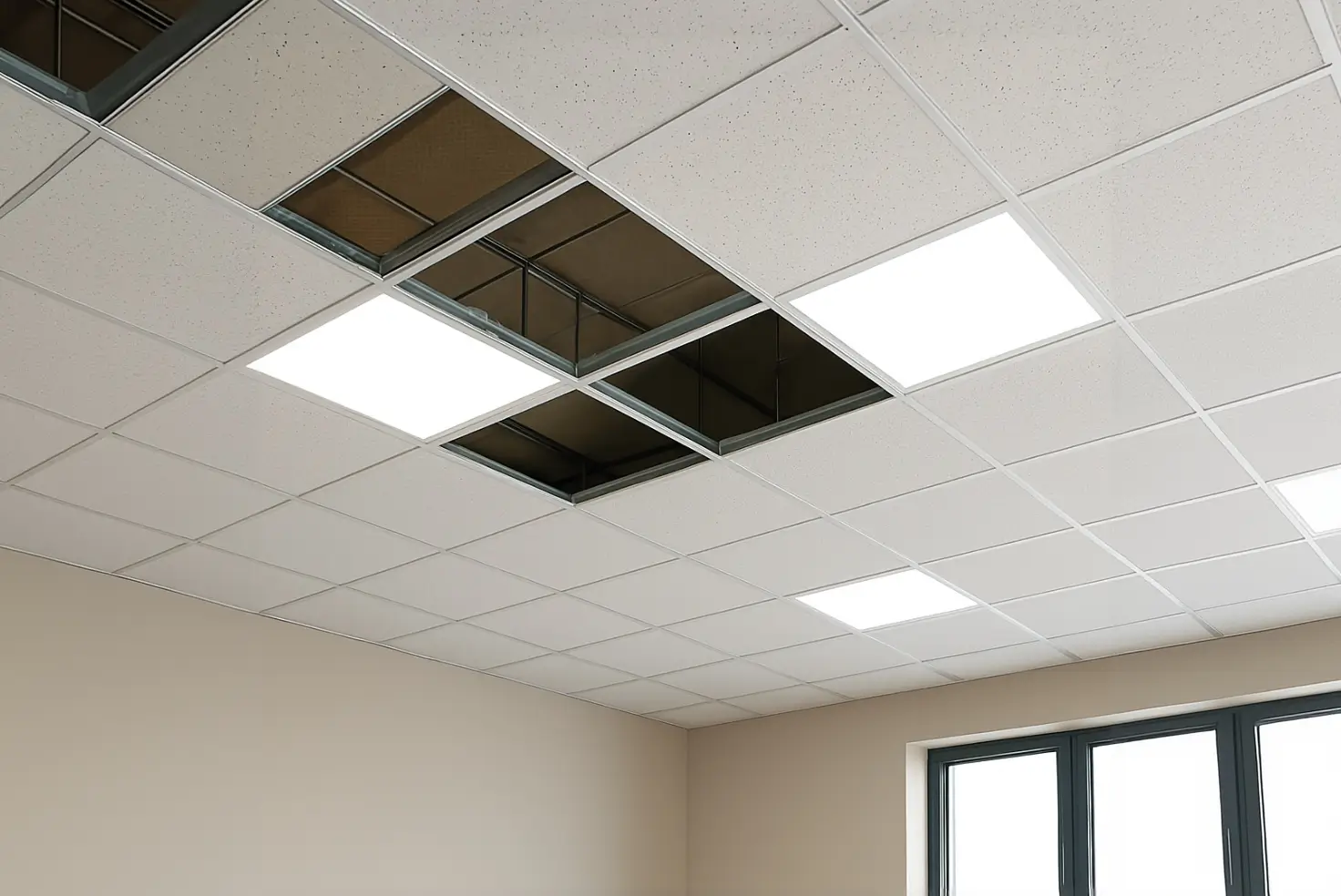Build quieter, smarter interiors — whether at home or in commercial buildings
Why Soundproofing Matters More Than Ever
In modern homes, apartments, and office buildings across Norway, acoustic comfort is no longer a luxury — it’s an expectation. From open-plan offices to multi-family housing, unwanted noise affects concentration, sleep, productivity, and quality of life. Whether you’re disturbed by voices through thin walls, footsteps overhead, or the hum of a nearby TV, effective soundproofing can make all the difference.
One of the most versatile and cost-effective solutions? Double-layered gips (plasterboard) walls, professionally built with proper structure and materials. But simply stacking two boards won’t do much unless the system is designed and executed properly.
Below, you’ll find 7 proven methods to build high-performance soundproof walls using double gips systems, commonly installed in line with Norwegian building codes (TEK17) and adapted for local materials, tools, and insulation standards.
Why Double Gips Walls Work So Well
Soundproofing works on two main principles: mass and decoupling. Double gips walls add both. By layering two sheets of plasterboard on each side of a metal- or wood-framed wall, and separating the structure acoustically, you greatly reduce the transmission of both airborne and impact sounds.
Core Benefits of Double Gips Walls:
- Higher STC (Sound Transmission Class) values — up to STC 55+
- Improved privacy between rooms, especially in apartments and shared offices
- Compliance with Norwegian fire safety and building codes
- Cost-effective compared to complex acoustic panel systems
- Customisable with insulation, reinforcements, and installation techniques
That said, success is in the details — and here’s how to do it right.
1. Install Mineral Wool or Acoustic Insulation Between Studs
Filling the cavity between studs with acoustic insulation significantly reduces the transmission of airborne noise. The most common and effective material in Norway is mineral wool, such as Glava, Rockwool, or equivalent.
Best Practices:
- Use high-density insulation, typically 45–60 kg/m³
- Fill the cavity completely without compressing the wool
- Avoid gaps, voids, or sagging areas — they drastically reduce effectiveness
This type of insulation also improves fire resistance, meeting EI30 or EI60 requirements for partition walls in residential or commercial buildings.
2. Use Staggered or Double Stud Framing for Separation
When both sides of a wall are fixed to the same stud, vibrations travel easily through the structure. A better strategy is to decouple each side.
Two Superior Framing Methods:
- Staggered Stud Framing: Alternating studs on a wider track so each side of the wall attaches to different supports
- Double Stud Wall: Two separate stud walls with a 20–50 mm air gap between them
This physical separation breaks the path for sound transmission. While double stud walls take more space (approx. 140–200 mm total), they offer some of the highest STC improvements — ideal for bedrooms, studios, meeting rooms, or multi-unit housing.
3. Apply Green Glue Between the Gips Layers
Green Glue is a viscoelastic damping compound applied between two layers of gips to convert sound energy into heat. It’s widely used in both new builds and retrofits and is compatible with Norwegian brands of plasterboard like Norgips, Gyproc, or Siniat.
Key Benefits:
- Increases STC by 10–12 points
- Cost-efficient alternative to specialty soundproof boards
- Easy to apply with a caulking gun
- Great for space-limited walls (still fits within standard wall thickness)
Curing time: Allow at least 7 days for Green Glue to reach maximum effectiveness. No special handling required after drying.
4. Seal All Gaps and Penetrations with Acoustic Caulk
Even a perfectly framed wall will fail acoustically if sound can leak through gaps. The most overlooked source of failure is air gaps, especially around outlets, junctions, and ceiling/floor edges.
What to Seal:
- All edges (top, bottom, corners) with acoustic sealant
- Electrical boxes with putty pads or acoustic gaskets
- Penetrations for pipes or cables with fire-acoustic sealants (Norwegian approved brands like Bostik, Soudal, etc.)
🔇 Just a 1% opening in a wall can reduce its sound-blocking capacity by up to 50%. Meticulous sealing is critical.
5. Use Resilient Channels or Sound Isolation Clips
Resilient channels or acoustic clips are metal components that decouple the gips board from the studs, reducing direct vibration transmission.
These systems create a “floating layer” of plasterboard, absorbing energy before it reaches the structure.
Recommendations:
- Install on one side of the wall only for optimal performance and simplicity
- Combine with double-layer gips + Green Glue for excellent acoustic value
- Commonly used in commercial buildings, hotels, or high-end homes
Resilient channels can improve STC by 10–15 points, depending on configuration.
6. Choose High-Density, Fire-Rated Gips Boards
Not all plasterboard is created equal. For serious soundproofing, choose dense, fire-rated boards such as:
- Type DF or DFR: Densified, fire-resistant boards common in Norway
- Gyproc Robust, Norgips Ultraboard, or similar heavy-duty sheets
Advantages of Fire-Rated Gips Walls:
- Increased mass = better sound isolation
- Meets fire rating requirements (EI30, EI60) for various building classes
- Durable and impact-resistant (especially in public or high-use spaces)
Mounting two layers on each side multiplies the sound barrier effect while keeping installation compliant with Norwegian building codes.
7. Add Internal Reinforcement Without Creating Sound Bridges
If you plan to install TVs, shelves, or cabinets, you need internal wall reinforcement. However, careless placement can create a “sound bridge”, allowing vibrations to bypass insulation and spread through the structure.
Smart Reinforcement:
- Use plywood or OSB panels flush-mounted within the wall cavity
- Place reinforcement only on one side to prevent bridging
- Add acoustic isolation pads when mounting devices or brackets
This way, you retain functionality — without sacrificing the soundproofing performance you’ve carefully built.
Build Smarter, Not Louder
By combining multiple methods from this list, a properly designed double-gips wall can go from a basic STC rating of 35 to well over 55, which translates to:
- Normal speech becoming inaudible
- Loud music reduced to a soft hum
- Improved living and working conditions
- Full compliance with acoustic targets in modern Norwegian buildings
These techniques are not just for luxury homes — they are practical, affordable, and buildable in both new constructions and renovations.
